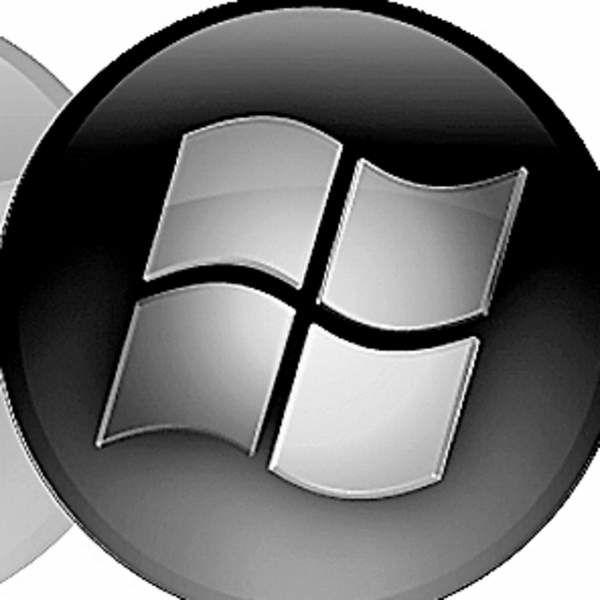Microsoft’s newest Vista blitz
Published 5:00 am Saturday, September 6, 2008

- Microsoft’s newest Vista blitz
An advertising spree intended to help Microsoft polish the tarnished brand of its Windows Vista operating system began this week with a head-scratcher of a commercial.
The ad features Jerry Seinfeld flexing some new shoes, Bill Gates adjusting his shorts and no mention of Vista. Microsoft said the ad is meant to get people talking, and that other parts of the marketing campaign will actually get into what its software can do.
But the advertising, which will cost hundreds of millions of dollars over several years, is really just “air cover,” according to Bill Veghte, the Microsoft executive who is responsible for sustaining Windows, probably the most lucrative franchise in history.
For more than a year, Veghte and his team have been developing ways to transform the experience of buying and using personal computers that run Microsoft software.
Legions of Microsoft engineers, for example, have been dispatched to tweak hardware and software to make Vista PCs faster and less crash-prone. Microsoft has stepped into the world of PC retailers in a way it never has before, offering training and advice — and even paying to put hundreds of “Windows Gurus” in stores.
By now, Microsoft insists that most of the frustrating technical problems with Vista, which was introduced in January 2007 after repeated delays, have been resolved — and many industry executives and analysts agree.
Yet Vista’s image problems have opened the door to alternatives to Windows as never before. Windows still commands more than 90 percent of the market for personal computer operating systems. But Apple’s Macintosh operating software — which runs only on Apple machines — is gaining ground, especially in the United States.
Microsoft’s stumbles have also given momentum to the shift of software away from the PC and onto the Web. Web-based programs for e-mail, spreadsheets and other tasks can be run in a browser, undermining the value of the underlying operating system. Indeed, Google’s entry into the browser market this week is an implicit declaration that the browser is increasingly supplanting the PC operating system as a strategic computing gateway.
Microsoft makes much of its living from Windows, and a very good living it is. In the year ended in June, Microsoft’s Windows group generated revenue of nearly $16.9 billion and operating profits of more than $13 billion, a phenomenal 77 percent margin.
To keep that business humming, Microsoft needs to have consumers and corporations upgrade to new versions of Windows — something that has not been so easy with Vista.
“What we’re seeing with Vista is that for the first time some significant portion of consumers and business customers have decided it’s not worth upgrading,” said David Yoffie, a professor at the Harvard Business School. “If they don’t, the end of the franchise is at hand.”
The main problem with Vista, Microsoft said, was that given the delays, uncertainty and significant changes in the software, the rest of the industry was not ready when Vista finally arrived. There are 1 billion worldwide users of the various versions of Windows. Hundred of thousands of hardware devices and software applications run on it, and they need connecting programs, called drivers, to work smoothly with it.
Vista represented a big shift from its predecessor, XP, so it required a lot of new drivers — and Microsoft did a poor job of communicating how much work was needed. Often, Microsoft said, an older driver still worked with Vista, but it slowed down the PC or made it crash unpredictably. Today, 77,000 hardware devices and components are compatible with Vista, more than twice the number when Vista was introduced.
“We are in a very different position with Vista than we were even six months ago,” said Veghte, senior vice president for Windows strategy and marketing. “And there are a lot of people holding forth with criticism of Windows Vista that have not used Vista, or not recently.”
Just after Vista shipped, Steven Ballmer, Microsoft’s chief executive, tapped Veghte, 41, to move to the Windows business. In his 18 years at Microsoft, Veghte has had a wide-ranging career in sales, marketing and software development (he holds two patents).
Vista’s troubles were seen within Microsoft’s management ranks, characteristically, as an opportunity. Mike Nash, who had worked with Veghte before, signed up to join him. “There was so much we could do better,” said Nash, who is vice president for Windows product management. “Our task was to shake things around and make the Windows business much more sustainable over the years.”
In a meeting in July 2007, Ballmer signed off on Veghte’s plan to step up investment in the Windows business. In broad terms, the strategy was to work more closely with PC makers and retailers, and change perceptions of the Windows brand with a multi-year marketing campaign that Veghte called “a sustained conversation about what Windows is.”
The team dubbed its mission FTP 168, short for Free the People 24×7 — meaning the freedom to do all manner of things with Windows on a PC, a cell phone or over the Web, at any time.
The campaign is meant to move the Windows brand decisively beyond the PC, so the business can thrive, even if the PC becomes less important. Microsoft believes its broad reach gives it the upper hand against rivals like Apple or Google.
“It’s about the PC, phone and the Web, and Microsoft and Windows can connect those for customers in a way no other company or technology can,” Veghte said.








